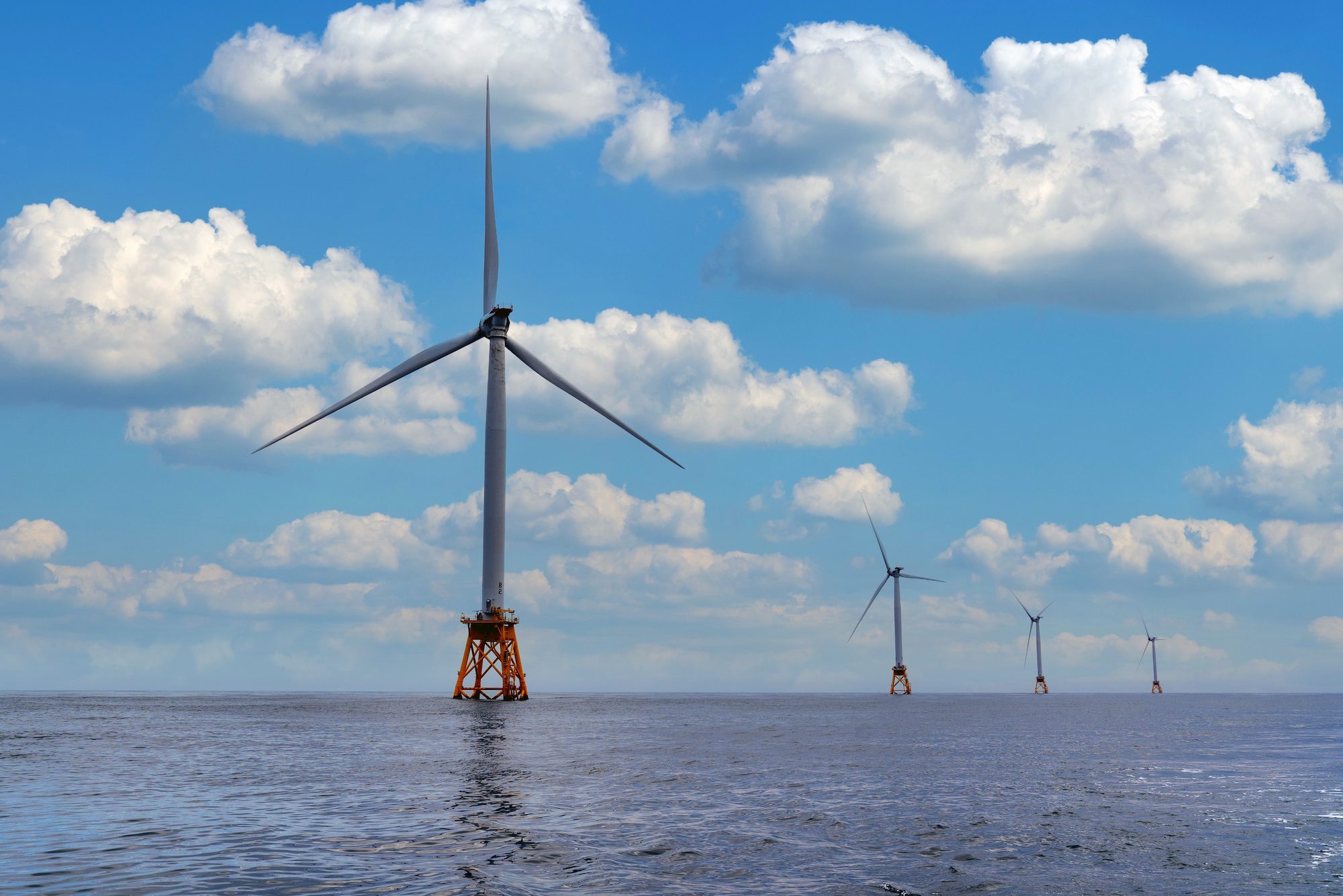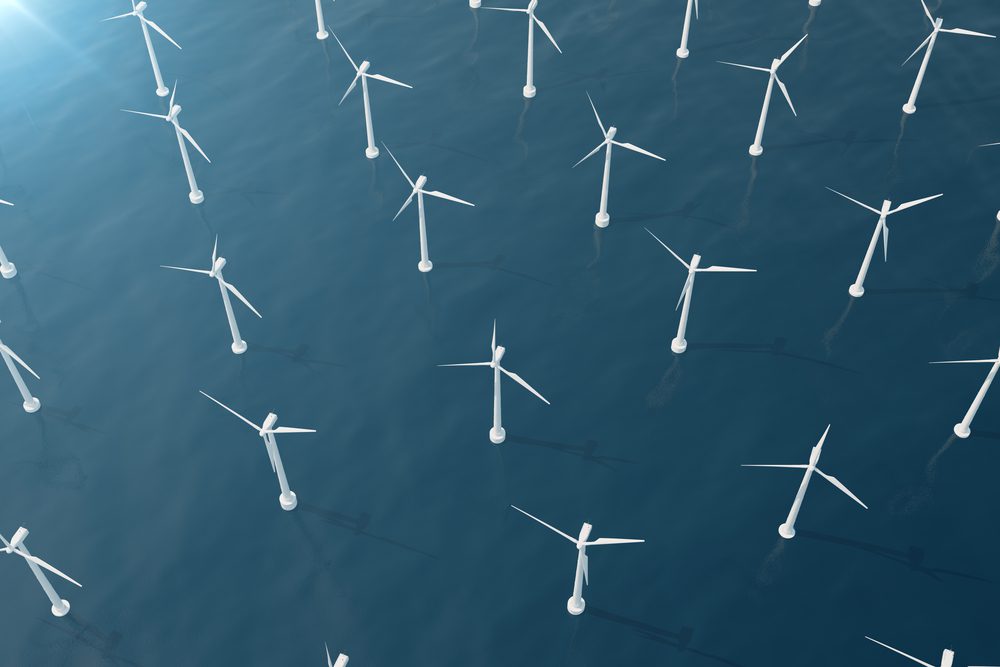Oct 31 (Reuters) – Energy giants BP and Norway’s Equinor have booked hundreds of millions of dollars worth of impairments on their U.S. offshore wind power portfolios in recent days, the latest examples of a renewable energy industry in turmoil.
Danish energy company Orsted, the world’s largest offshore wind farm developer and a big player in the U.S., said in late August it may see $2.3 billion in U.S. impairments due to supply delays, high interest rates and a lack of new tax credits. It will report third quarter earnings on Wednesday.
The companies are among several energy firms trying to build new offshore wind farms in the U.S., but feeling pain, raising questions about the future of fleet of projects that U.S. President Joe Biden hopes can help fight climate change.
Biden’s administration wants the U.S. to deploy 30,000 megawatts (MW) of offshore wind by 2030 from a mere 41 MW now, a key part of his plan to decarbonize the power sector and revitalize domestic manufacturing, and has passed lucrative subsidies aimed at helping companies do that.
But even with regulatory rules and subsidies in place, developers are facing a whole new set of headwinds.
Here is what they are:
INFLATION
The U.S. offshore wind industry has developed much more slowly than in Europe because it took years for the states and federal government to provide subsidies and draw up rules and regulations, slowing leasing and permitting.
However, as government policies started to line up in the industry’s favor in recent years, offshore wind developers unveiled a host of new project proposals, mostly off the U.S. East Coast.
Two small projects came into operation – Orsted’s five-turbine Block Island wind farm off Rhode Island and the first two test turbines of U.S. energy firm Dominion Energy’s Coastal Virginia Offshore Wind off Virginia.
Then came a hitch.
The COVID-19 pandemic gummed up supply chains and increased the cost of equipment and labor, making new projects far more expensive than initially projected.
“It appears the offshore wind industry bid aggressively for early projects to gain a foothold in a promising new industry, anticipating steep (cost) declines similar to those for onshore wind, solar and batteries over the past decade,” Eli Rubin, senior energy analyst at energy consulting firm EBW Analytics Group, told Reuters.
“Instead, steep cost gains threw project financing and development into disarray,” Rubin said, noting many contracts will likely be renegotiated as states look to decarbonize, with higher prices ultimately falling onto power customers.
INTEREST RATES
Financing costs also spiraled as the U.S. Federal Reserve boosted interest rates to tame inflation.
Many contracts for offshore wind projects have no mechanism for adjustment in the case of higher interest rates or costs.
Some developers have paid to get out of their contracts rather than build them and face years of losses or low returns.
In Massachusetts, two offshore wind developers, SouthCoast Wind and Commonwealth Wind, for example, agreed to pay to terminate deals that would have delivered around 2,400 MW of energy, enough to power over one million homes.
In New York, offshore wind developers Equinor and BP also sought to boost the price of power produced at their planned projects there, but were rejected.
Orsted, meanwhile, told utility regulators in June that it would not be able to make a planned final investment decision to build its proposed 924-MW Sunrise Wind project unless its power purchase agreement was amended to factor in inflation.
INSUFFICIENT SUBSIDIES
Biden’s administration has sought to supercharge clean energy development with passage of the Inflation Reduction Act (IRA), a sweeping law that provides billions of dollars of incentives to projects that fight climate change.
Since the law passed last year, companies have announced billions of dollars in new manufacturing for solar and electric vehicle (EV) batteries across the U.S.
But the offshore wind industry is not fully satisfied.
Bonus incentives for using domestic materials and for siting projects in disadvantaged communities are too hard to secure, developers say, and they are crucial to making projects work in a high-cost environment.
The credits are each worth 10% of a project’s cost and can be claimed as bonuses on top of the IRA’s base 30% credit for renewable energy projects – bringing a project’s total subsidy to as much as 50%.
Equinor, France’s Engie, Portugal’s EDP Renewables, and trade groups representing other developers pursuing offshore wind projects in the U.S. told Reuters they are pressing officials to rewrite the requirements, and warning of lost jobs and investments otherwise.
(Reporting by Scott DiSavino in New York, Nerijus Adomaitis in Oslo and Nichola Groom in Culver City; Editing by Simon Webb and Marguerita Choy)
(c) Copyright Thomson Reuters 2023.

 Join The Club
Join The Club











